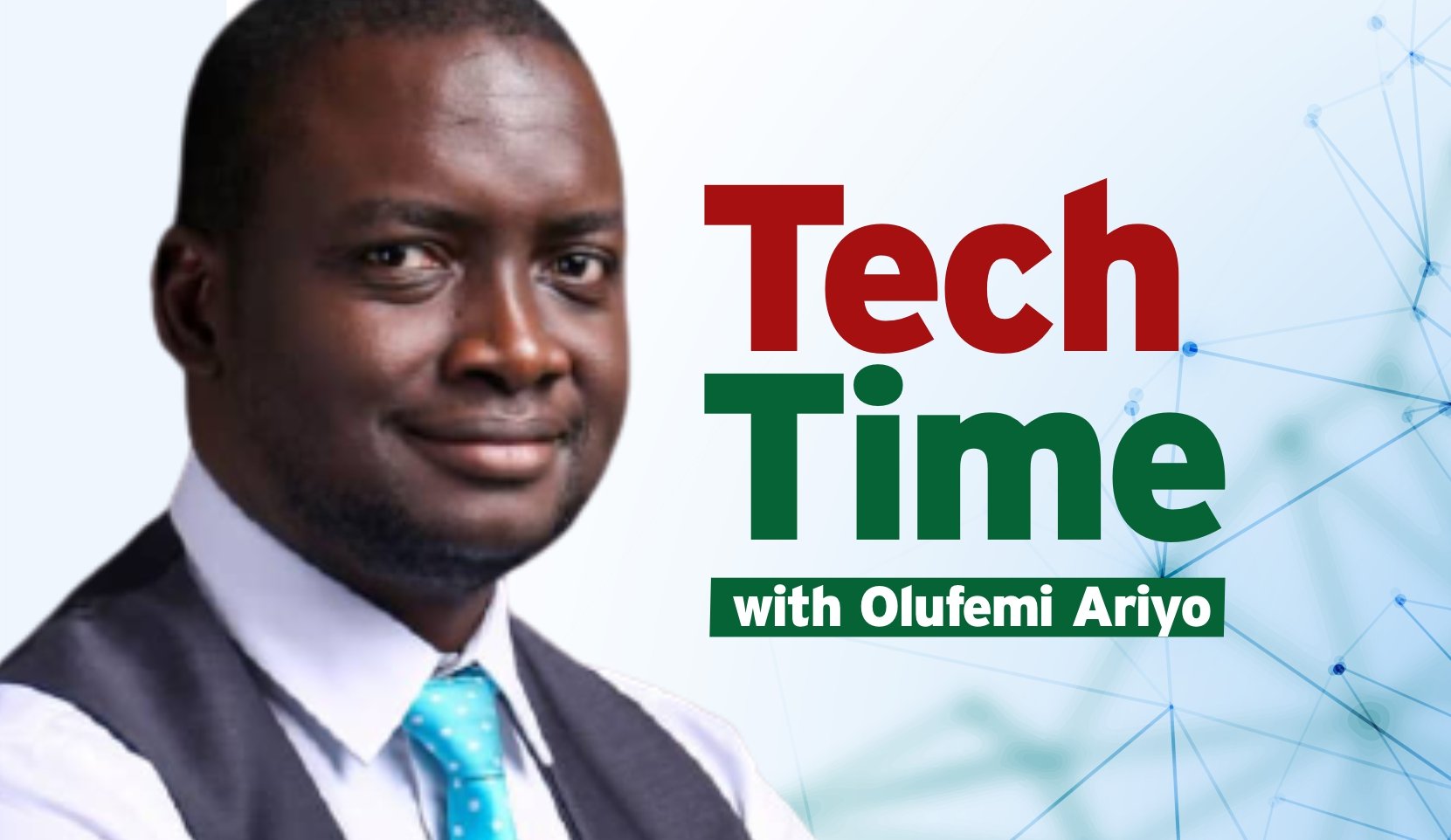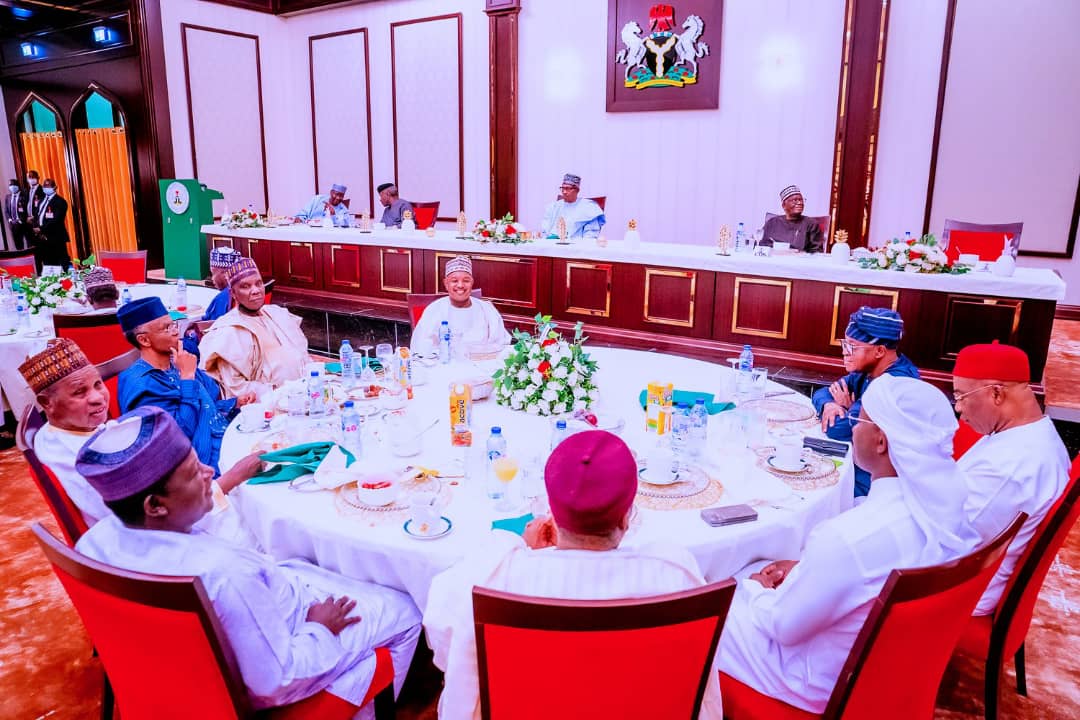The power of connected devices leverages Metcalfe’s law which describes derivable value from the benefit of each device in the network. Related to real-life models, the interconnected devices will help us better understand how the world works. The internet of things (IoT) is a smart service system that fully makes use of modern technology, advanced communication technologies, and artificial intelligence to realize human-computer interaction, comprehensive status perception, efficient information processing, and flexible applications.
IoT applications reach various verticals, including automotive, telecommunication, and energy. It is at the core of smart homes often embedded with smart thermostats, appliances, connected heating, lighting, and electronic devices. It allows remote controlling, tracking, and monitoring through mobile devices, tablets, and computers.
The interesting part for me is the reality that non-living things are enabled to interact intelligently with their environment and humans. The internet of things will power a new wave of discoveries about our universe and how we can more efficiently and effectively maximize its resources. IoT currently connects thousands of devices to the internet that involves the use of several such data points, all of which require security. Due to its several connection points, and future growth possibility, IoT security and privacy are posited as areas of major concern.
Moreover, an IoT ecosystem is composed of web-enabled smart devices that make use of embedded systems, like processors, sensors, and communication hardware, to receive, share and take action on data acquired from their environments. These devices share the data they received through their sensors by connecting to an IoT gateway or some other device that allows data to be sent to the cloud or local analysis done. Depending on the configuration, IoT devices may communicate with related devices and take some action predicated on the information received. Such smart devices do most of the pre-programmed work with little to no human interference. IoT finds application in several areas of human endeavors as a connector technology.
Advertisement
Some real-world applications include these five (5):
- Implementation of smart homes
Google search reports that ‘Smart Home’ is the most queried phrase of an IoT-related experience. A smart home is a home setup where internet-enabled appliances and devices can be automatically controlled remotely using a networked device. Users can remotely switch on or off air conditioning, and lights, even unlock the doors to friends for temporary access from their mobile devices. More companies are developing products that simplify life and make it more interesting and convenient. As was said in an earlier article, everything is going to where the human resides, as we now have farm-to-fork, e-commerce, and work from home, as even more becomes possible everywhere we go. The smart home has become the revolutionary leader in residential real estate and it is predicted to become as ubiquitous and widely accepted as smartphones, which have become second nature.
- The reality of self-optimizing cars
To this day, automotive digital technology has laid emphasis on optimizing the internal functions of vehicles. However, similar attention is tailored towards creating enhancement around the user-in-car experience. A connected car is one that can communicate bi-directionally with other systems outside of the car. This allows the car to share internet access, and data, with other devices both within and outside the vehicle. The vehicle is able to optimize its operation by maintaining connectivity with the original car manufacturers’ (OCM) cloud repository, requesting and experiencing some maintenance as well as providing comfort to passengers using onboard sensors and internet connectivity. It is so obvious that a lot becomes possible when delivering top-notch value to humanity is at the core of our drive as individuals, organizations, and governments.
Advertisement
- We grow smart cities
A smart city makes use of information and communication technology (ICT) to improve operational efficiency, share information with the public and provide a better quality of government service and citizen welfare. The core goal of a smart city is to improve city functions and promote economic growth while also improving the quality of life for citizens by engaging with smart technologies and data analytics. A smart city is another powerful application of IoT generating curiosity among the world’s population. Smart surveillance, automated transportation, smarter energy management systems, water distribution, urban security, and environmental monitoring are some examples of IoT applications in smart cities.
In addition, IoT will provide sustainable solutions to major problems faced by the people living in cities such as pollution, traffic congestion, shortage of energy supplies, and locating places of interest among others. Products like mobile communication enabled Smart Belly trash sends alerts to local authorities and service providers when a bin needs to be emptied. This and many more become possible when tech interactions drive multiple platforms.
- IoT enhanced agriculture
With the continuous increase in the world’s population (where China and India represent 35 percent), the need for food supply is extremely heightened. Governments are providing tech tools to farmers, and learnings in advanced techniques and research to increase food production. Smart farming is one of the fields in IoT rapidly gaining adoption. Farmers are using meaningful insights from the big data gathered over time to improve yield and generate a better return on investment. Sensing for soil moisture and nutrients, controlling water usage for plant growth, and determining custom fertilizer are some simple uses of IoT. Farms are now being controlled remotely from mobile devices, with real-time feedback that helps the farmer benchmark with tested machine learning algorithms that give more power to such farm managers.
- Humanless retail outlets
The possibilities of IoT in the retail sector are enormous as it provides an opportunity for retailers to connect with the customers to enhance the in-store experience. Smart devices will be the medium for retailers to remain connected with their consumers even out of the store. Store owners can track consumers’ paths through a store while improving store layout and placing premium products in high-traffic areas. Imagine a store that allows me as a user to speak into the air or type a code search in a request for particular items on my smart device while such await me on the way out of the store.
Advertisement
Despite its several benefits, the internet of things faces a couple of challenges, three (3) of such are:
- The security of connection points
IoT has turned into a serious security course of concern that has drawn the attention of prominent individuals, tech organizations, and government agencies across the world. The reality that baby monitors, smart fridges, thermostats, drug infusion pumps, and cameras are hacked signifies a source of security concern being caused by the future of IoT. So many new connections being added to networks and the internet will provide malevolent actors with several attack channels and possibilities to carry out their nefarious acts, primarily because a lot of them already suffer from security loopholes.
- The need for connectivity
The need to connect so many devices will be one of the major challenges to the future of IoT, which will impose threats on the very structure of current communication models and the attending technologies. Currently, IoT depends on the centralized, server-client model to authenticate, approve and connect different smart devices in a network. The current IoT ecosystems may seem good, where thousands of devices are involved. However, when connected devices grow into billions and hundreds of billions, keeping them centralized and dependent on a core becomes nightmarish.
- Technology standards and manpower
These include network protocols, communication protocols, and data-aggregation standards, which represent the sum of all activities of handling, processing, and storing the data collected from active devices, especially sensors. It is worthy of note to mention that aggregation makes more data (for analysis) available as the scale, scope, and frequency of available data (through different touchpoints) increases. The challenges cladding the adoptions of standards within IoT for handling unstructured data, such as, Structured data are stored in relational databases and queried through SQL, say. Or that unstructured data are stored in different types of NoSQL databases without a standard querying approach. The foregoing requires technical skills to leverage newer aggregation tools. Hence, organizations that are keen on leveraging big-data tools often face a shortage of talent to plan, execute, and maintain systems.
Advertisement
Furthermore, the implementation of IoT reduces enormous waste and allows better predictability thereby leading to the following benefits in organizations, which include: More efficient daily operations, Continuous improvement in customer service, Better value delivery repeatability, Improved safety around the workplace, and Improved company brand perception among others.
Forecasts reveal that over 21 billion devices will be connected by 2025 (only 3 years away). Imagine what becomes possible when everything is connected to everything else through sensors in an intelligent two-way communication – new big data sources emerge, better process repeatability ensues and everything becomes smart. This births a continuing spiral upwards, as a smart world requires even smarter humans. I welcome us to a world of continuous improvement where the speed of learning will be on the increase, and lifelong education becomes the only way out. Thank you for your time investment as I remain yours in tech, Olufemi Ariyo. Email: [email protected]
Advertisement
Add a comment






